We independently research, test, and recommend the best products; you can learn more about our review process here.
In the market for a fish finder? Our Humminbird Helix 9 review might shine some light on one of the best brands on the planet. But, does this specific unit provide enough to justify the hefty price tag? We’re not sure if that’s the case.
Based on decades of fishing experience and trying well over 20 different fish finders, we’ve decided it was time to tackle this fish finding behemoth. Spinning rod in one hand and coffee in the other, let’s dive right in.
Our Take on the Helix 9
- Down and side imaging
- DualBeam Plus feature
- Waterproof
- Exceptional GPS and charting
- Crystal clear 9-inch screen
- Limited availability (CHIRP MEGA SI not available)
- No CHIRP sonar model
- Transducer not included on MEGA DI model
The Humminbird Helix 9 has a great opportunity to really step up the game and bring fish finding technology to a whole new level but unfortunately, it disappoints a little. There aren’t too many new features or anything to get excited about and issues with supply could merit an entire article.
That said, we love Humminbird here at YourBassGuy.com and we trust their products and their manufacturing process so for what it’s worth, it’s still important that we take the time to conduct this thorough review.
The Humminbird Helix 9 fish finder brings a lot to the table like crystal clear imaging, high performance, reliability, and a few unique features that may justify the steep hike in price.
In our Humminbird Helix 9 reviews, we’re looking at the available models (there aren’t many) to see if this might be the fish finder you’ve waited your whole life to buy.
Quick Facts
– 9-inch high definition display
– Comes in down and side imaging options
– 800H x 480V pixel resolution
– Variable depth ranging from 150 feet to 1500 feet for DualBeam Plus
– Comes with great charting and mapping
– Dual microSD card slots is an added feature
Humminbird Helix 9 Review: Broken Down
Now let’s take a look at some of the components that you would look for in your ideal fish finder. When choosing the best fish finder, it should meet all of the following criteria with flying colors. Each of these points are important so be sure to review them all to decide if the Humminbird Helix 9 is the right fish finder for you.
Overview
Why would we turn to a 9-inch fish finder? For one, most of us want a large screen that is clear, easy to read, and doesn’t cast too bad of a glare when we’re trying to see what’s happening beneath us. The Helix 9 does a nice job with this just like the Humminbird Helix 7.
The unit is very sleek measuring approximately 13 x 7 x 4 so it’s easy to carry around and transfer from one boat to another if that’s your game. It’s also light so it’s not cumbersome and you don’t have to worry about it becoming a hazard when you’re on the water.
Setting up the fish finder from a technology standpoint is simple and it is completely usable right out of the box. There’s no need to sign up for special programs or anything like that. You can pull it out, install it, and start using it within minutes. That is, if you are a pro at installing fish finders.
Installing it onto your boat is a whole different issue and a lot of people have done quite a bit of damage with this. First, some models don’t even include a transducer which means you need to purchase a separate option from Humminbird and find one that matches. Everything else comes with it, including the gimbal, but there’s really no perfect way to tell if they’ll be compatible until it’s too late.
The other complaint we have and why this fish finder isn’t rated higher is that we’re unimpressed by the upgraded features. When you take a look at all the Humminbird fish finders you realize that nothing is too different across the board besides the screen size. Should we really have to pay almost double for another two inches of screen? I don’t know if I agree with that.
Display/Screen
If we want to focus on the positives, this is where they are. The screen is incredible for a fish finder of this size. It offers 800×480 pixels and a 65k color palette which is unheard of for fish finders in this price range. It also has an LED backlight which helps you see the screen no matter what type of light you’re dealing with.
The Humminbird Helix 9 SI GPS as well as other models are all IPX7 waterproof so they’re able to withstand pretty much anything besides actually dropping the device into the water. They can hold up fine against splashes and you can leave them uncovered in the pouring rain.
The manufacturer states that they’ll hold up against 30 minutes of complete submersion up to three feet of water, but we wouldn’t recommend giving it a try.
One feature that many may find to be a downside, I actually prefer. This unit does not feature any touchscreen technology and you have to control everything using the side panel buttons. I find this to be easier and it increases the overall life of the fish finder because you’re not gumming up the screen with your dirty fingers. It still features split-screen capabilities though.
Sonar/Transducer
The Humminbird Helix 9 SI GPS comes with the XNT 9 transducer but the down imaging model does not include a transducer. There appears to be a lot of stocking issues with this model and we’re not sure if it has to do with performance or interest in the product but we’re really disappointed to see that there aren’t more options available. If you’re looking for a fish finder with different choices you’ll want to go with the Humminbird Helix 7 models.
The transducer is the same one that you’ll find on all the other models and it comes with a temperature sensor and speed tracker.
Now, since we’re talking about the side imaging model, we should also mention that it comes with down imaging. Most fish finders that have side imaging transducers also feature side imaging so you might as well just throw the extra money into getting the SI+ because it comes with both.
It operates at a 75-degree angle with 455 kHz. The one standout feature that we didn’t see in some of the lower models is the DualBeam Plus sonar. This sends two beams into the water each at different frequencies which provides two different images. This is great for saltwater fishing.
One image will come in crystal clear because it will be a very narrow beam. The other provides a more wide-range view but won’t offer as clear of imaging because you’re spreading the beam out so wide. Very few fish finders have this type of technology and it does speak to the premium nature of this unit.
You also get a wide variety of different 2D sonar options including depth contour mode, fishID, and real time sonar.
GPS and Navigation
Best fish finder and GPS combos must come with impressive internal GPS and Navionics systems. You can store as many as 2,750 waypoints, 20,000 trail points, and 45 unique routes that you create yourself based on past experiences.
As you’re making your way about the water, you can chart down fishing spots where you had success and create a travel path that you might want to take again if you visit the same body of water. This is great for those of us who like to have a strategy when we hit the water.
The main feature that stands out here is the AutoChart Live function. This is something that you can’t get in any of the other models and it allows you to map the water to determine the contour of the lake floor. This can help in a variety of ways but most importantly in figuring out where fish are hiding.
Certain fish like bass tend to cling to changes in underwater structure so if you can see where drop-offs begin and where they end, it should help you determine where they might be sitting. Pair that with the sonar technology and you have yourself a successful fishing day.
Side Imaging vs Down Imaging
We can debate which one is better but I’d rather just tell you that having both mega down imaging and side imaging is the way to go. You want to have both down and side imaging because the added expense is worth it in the long run.
Mega side imaging allows you to see what’s happening around the boat on all sides while down imaging displays everything happening beneath the boat. They each have their time and place but work best together.
If you only have down imaging, you’ll have to get much closer to the action to be able to get an accurate reading. This means you’ll likely spend more time chasing down the fish rather than catching them. With side imaging, you can see what’s happening on all four sides so you can identify an ideal fishing location before you’re right on top of it.
Humminbird Helix 9: Standout Features
As mentioned in this Humminbird Helix 9 review, there aren’t too many new features to get excited about but there are some. Here are the ones you’ll want to look out for:
DualBeam SwitchFire
This is the best feature on the market today, hands down. When you compare it to other brands like Garmin and Lowrance, there’s no competition.
It allows you to control how you want to view the water. If you’re dealing with choppy or murky conditions, you can increase the frequency to get a clearer picture but you’ll narrow the beam which means you’ll have to be right on top of something to see it.
If the water conditions are ideal you can spread the beam out a little to see a wider view of the water since you don’t have to focus so much on the clarity of the image. Doing this is simple and you don’t need to understand frequencies. They make it easy with a clear or max mode.
MEGA Down/Side Imaging
Essentially what Humminbird did is took their original transducer technology and found more affordable ways to make it so they could invest more money into the sonar. That’s what the manufacturer claims but it seems to be working.
The MEGA imaging is incredible and it offers a 20% improvement in clarity and definition. Plus, you get a lot of flexibility over how you want to view the water with the dual-beam technology.
Upgraded Processors
GPS and fish finders aren’t known for having the best processors which result in choppy images and lagging which can cause you to fly right by the ideal fishing spot. The Helix 9 upgraded their CPU to provide 25% more power so you’ll not only be able to cover more water you’ll be able to do so at a faster pace while trolling the shore.
Dual MicroSD Card Slots
I had to chuckle a little when I read this feature because it’s such a simple thing but I know there are anglers out there right now reading this thinking, “FINALLY!” We’ve been waiting many years for more memory and Humminbird continues to deliver. They increased the amount of RAM on this fish finder when they created the Humminbird Helix 7 and now they’ve even added a second memory card slot.
Now you can keep the information you want to store on the unit on one card and use the other for basemap mapping programs and data transfers to other fish finders and devices using the Bluetooth or ethernet connection.
SmartStrike/LakeMaster
This feature is next level. SmartStrike is like a portable fishing guide that leads you right where you need to go. With most fish finders, you can get all this data but you’re left to your own devices to analyze it and determine where you should fish.
SmartStrike solves that problem for you by analyzing the data and determining exactly where you should cast.
It analyzes structure, contour, weather, water temperature, and more.
All you need to do is purchase the data and see if they have the lake you’re fishing on their list.
The only downside is that you’re limited to the most popular lakes but it’s still something fun to try.
Final Thoughts
Whether you’re in need of a new fish finder or you’ve never purchased one before, I hope our Humminbird Helix 9 reviews, helped you learn a little about the device and why someone would choose it over the competition.
That said, if you find the price to be a little too steep or you want to start with someone a little more modest, we have plenty of fish finder reviews to help you get started. The Helix 7 or Helix 5 might be a better option for some.
Most importantly, remember that the fish finder doesn’t make you a better angler, that’s up to you. Good luck out there!

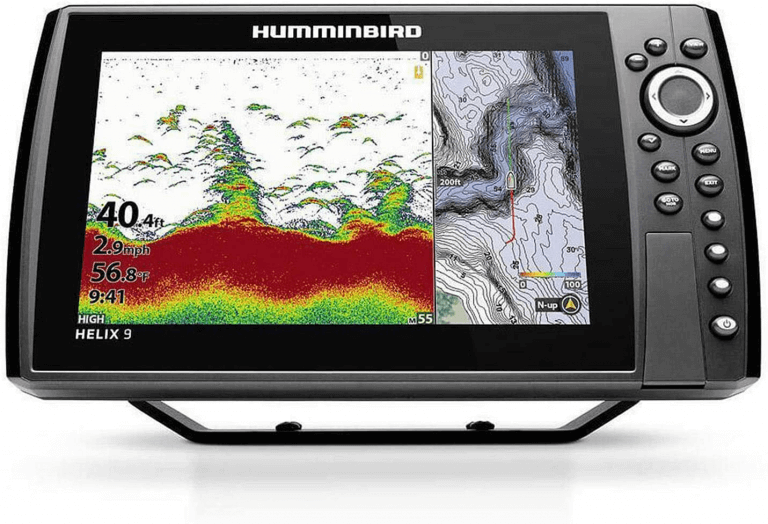
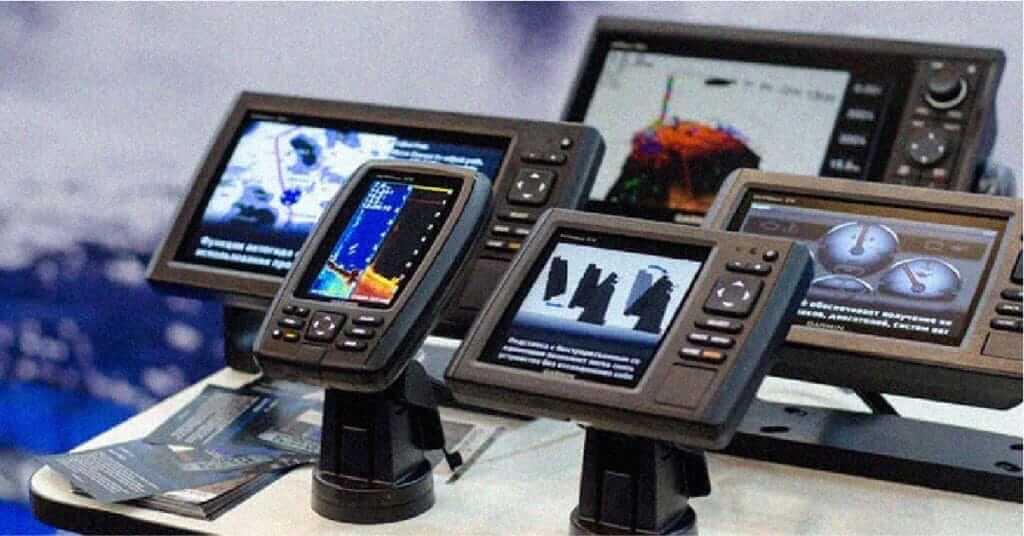
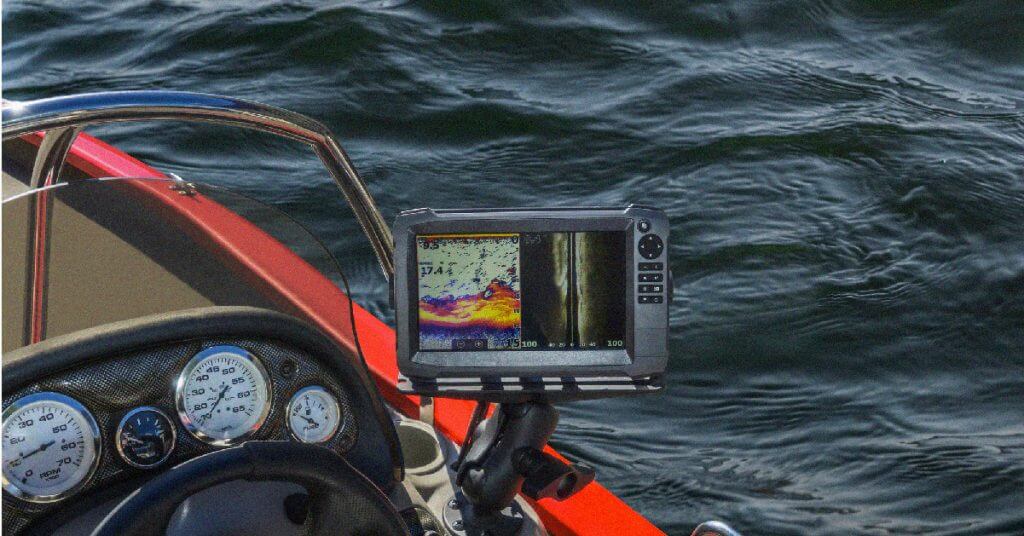
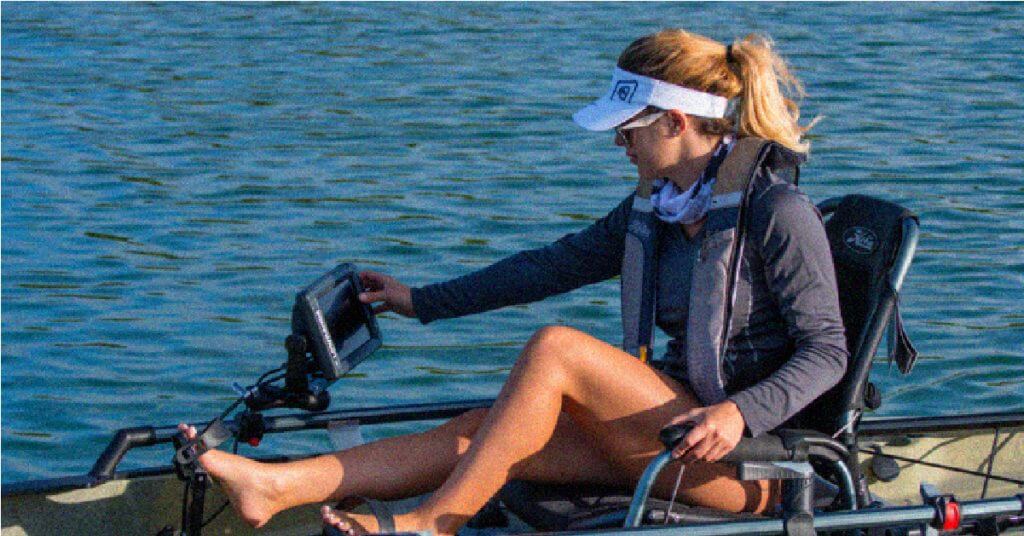
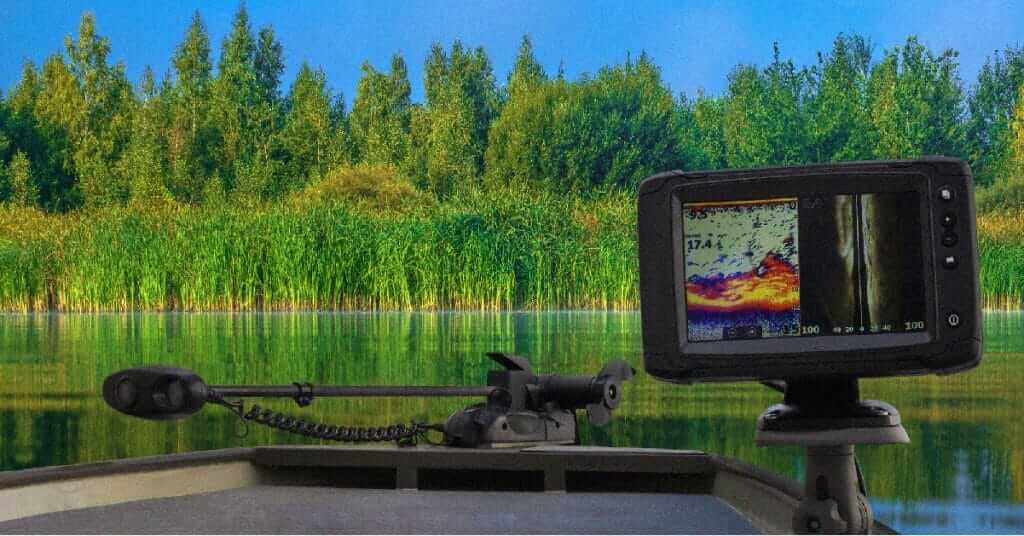
I have the 2021 hummingbird Helix 9 SI Plus it is wonderful I love it despite whatever the pros and cons are this unit is awesome make no mistake it is a little expensive but for me it’s worth it…Terry Flowers
The unit might be great but waiting for a month for a replacement transducer is ridiculous.